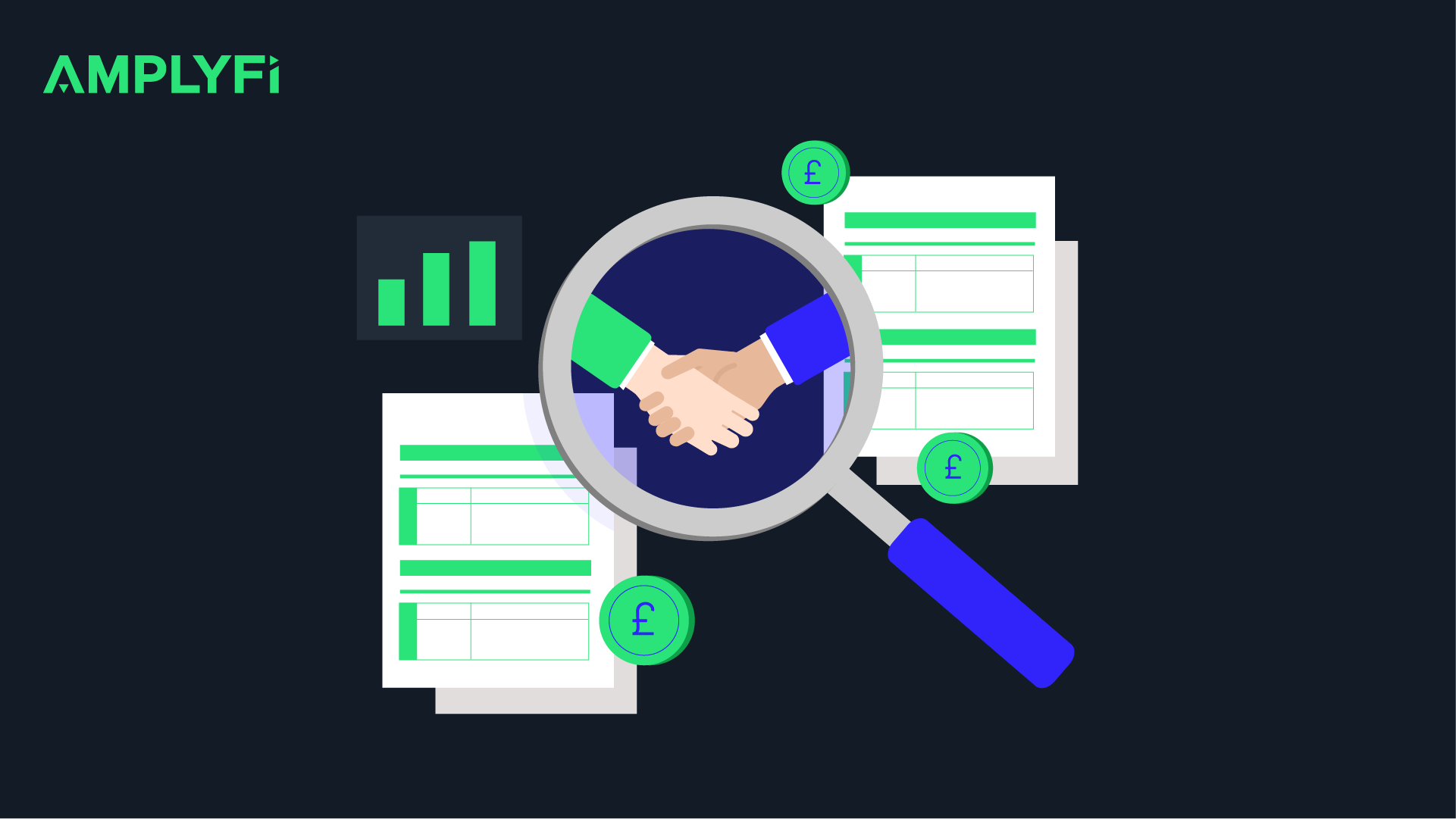
Courts are hesitant to offer legal remedies to investors who disregard due diligence in mergers and acquisitions. Even in situations where there is a misrepresentation of facts, courts expect that a robust due diligence process should uncover such misrepresentation and serve as a basis for an investor to withdraw before closing a deal. Unless a buyer can demonstrate that the seller intentionally withheld or hid unfavourable information.
Mergers and acquisitions are investment tools available to corporations for consolidating two or more companies to enable them scale, increase their market share, competitive advantage and profitability. Mergers happen when a business joins together with another business, while acquisitions occur when a company gains controlling equity in another by purchasing all or majority of its shares. Due diligence enables the buyer to determine the target company’s profitability, customer base, appropriate buying price, internal and external risks. Our assessment shows three main reasons which undermine the efficacy of a due diligence process – time constraints, access to information and cost.
At every point, these three pitfalls compound themselves. Most M&A processes have a 60 day period within which the process should be concluded, inclusive of a one-month average provided for due diligence. For most parties, especially the buyer, the time limit usually has the upper hand. There is an expectation that the parties will rush to close the deal within the stipulated time frame even if the buyer didn’t get all the information sufficient to make a decision.
Target companies or sellers are at times impervious about sharing information. Often this can be due to secrecy or intentionally holding back information that would work against the M&A deal. Other times, it may be because of inadequate data management practices that make it impossible for the seller to retrieve the requested information.
Lastly, because of the challenges surrounding the due diligence process, there may be unexpected costs, for instance, when a buyer cannot work through their due diligence checklist within a planned time frame. Such circumstances force the conscientious investor to extend the due diligence time frame incurring extra operational costs.
But, like most challenges of this century, technology offers a solution that would improve due diligence in mergers and acquisitions. Until recently, the only available technologies to support an M&A process were spreadsheets and communication platforms which facilitate sharing and tracing documents exchanged between the parties. A spreadsheet, for instance, offers a basic means of recording and analysing quantitative data and may not work as well with qualitative data. The researcher also has to feed data sourced from elsewhere into the spreadsheet for analysis and visualisation. On the other hand, document sharing is not among the pressing challenges facing buyers in a due diligence process.
However, with advancements in emerging technologies such as Artificial Intelligence, a new wave of technologies are helping improve due diligence processes. AMPLYFI has developed the world’s first Insights Automation Platform (IAP), DeepInsight, a tool that helps any organisation to research, analyse and create insights from written content. Our tools help organisations connect with Deep Information – that is trapped in silos, hidden by search boxes and limited by paywalls. Our IAP “machine-reads” this content, faster than any human can, sorting, tagging and analysing the information inside each document, providing insights that enable better decision making.
For a buyer, technology such as our IAP cuts down the time required to assess the viability of an M&A, saving time, costs and overcoming initial access to information problems. Platforms such as this enable investors to make better decisions faster, and often at a fraction of the cost.
For the most part, information provided by the target company is generated internally and may obscure or give an optimistic presentation of risk. Internal documents do not capture the public sentiment or provide a detailed snapshot of positive and negative press coverage relating to the business.
Buyers can use DeepInsight to research specific companies, explore trends over time and media sentiment of the company in question. DeepInsight also reveals the connected entities to a company as well as adverse media and sentences indicating risk, useful as a basis for further inquiry. DeepInsight simultaneously solves access to information, costs and time constraint challenges you would otherwise encounter if you approached due diligence without the use of an Insights Automation Platform.
Book a call with us for a free product demonstration of AMPLYFI tools used for due diligence in mergers and acquisitions.








